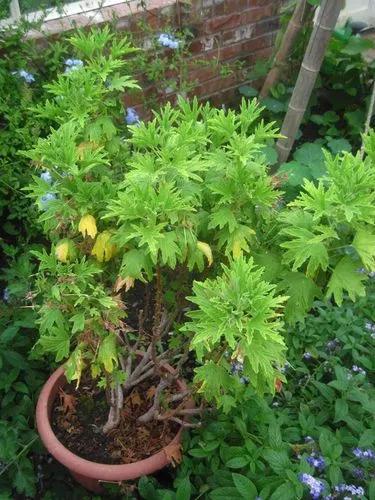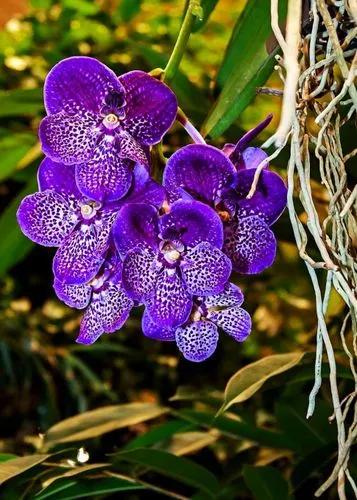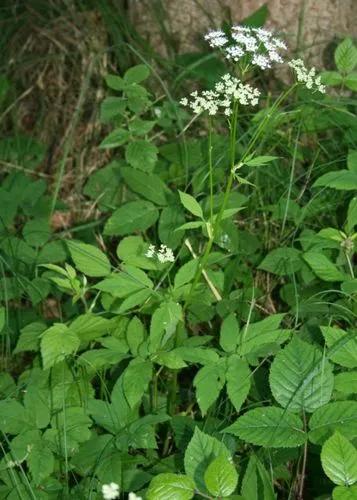Aristolochia fontanesii is a herbaceous perennial plant. A popular medicinal herb in Algeria, where the plant is commonly harvested from the wild for medicinal use.
Aristolochia Fontanesii Care
Aristolochia Fontanesii
Other names: Aristolochia Vine



How to Care for the Plant

Additional

The roots are described as diuretic, emmenagogue, resolvent, rubefacient, expectorant, anthelmintic, and detergent, and used in Unani medicine in the treatment of amenorrhea, cough, asthma, intestinal worms, and to expel fetus. It is also described as deobstruent, and alexipharmic, and also used as nervine tonic in headaches and brain diseases, and for dysmenorrhea; locally it is applied to gum ulcers. Roots are widely used in Algerian and Moroccan traditional medicines in the treatment of breast cancer in women, and crushed roots mixed with honey, milk, water or other medicinal plants are used for skin infections, diabetes and gastrointestinal ailments. Aqueous root extract showed presence of polyphenols, flavonoids, catechic tannins and saponins. Oil obtained from aerial parts of wildly grown plant in Tunisia was rich in linolenic and linoleic acids as polyunsaturated fatty acids, and palmitic and stearic acids being the most prominent saturated fatty acids; whereas, oleic and linoleic acids were the major fatty acids in the roots. Aqueous extract inhibited cell growth of Burkitt’s lymphoma cells, inducing apoptosis. Aristolochia species are known to cause nephrotoxicity due to the presence of aristolochic acid, even leading to fatal renal failure. A retrospective study of the use of A. longa by postmenopausal women with breast cancer, revealed signs of nephrotoxicity, and a very significant increase of mean concentrations of bone resorption markers.

Popularity

4 people already have this plant 2 people have added this plant to their wishlists
Discover more plants with the list below
Popular articles






